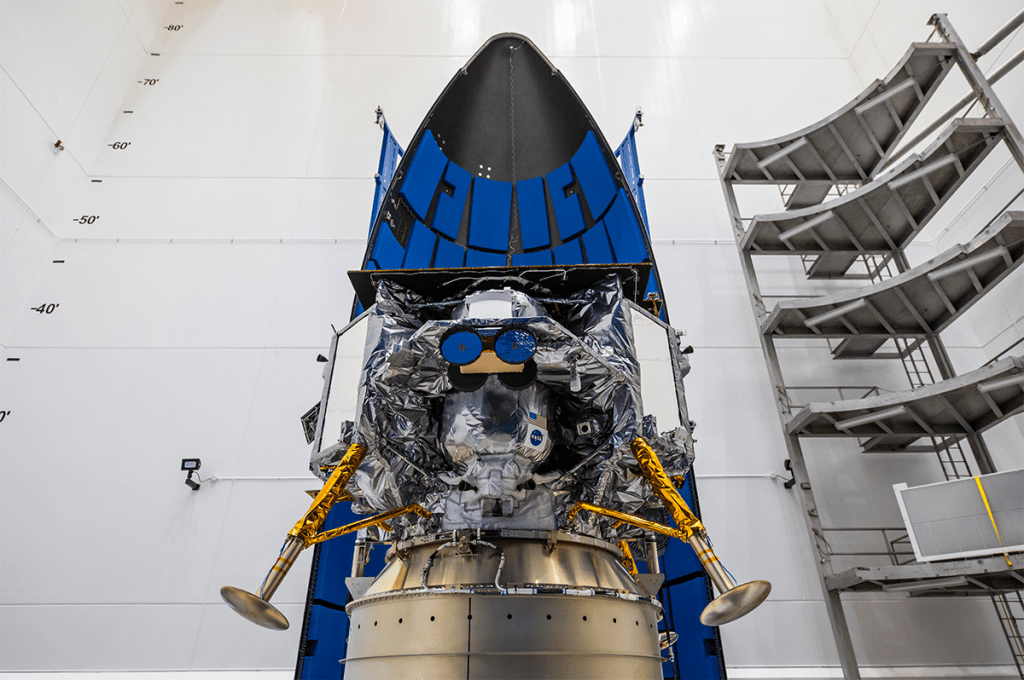When you picture the internet landscape in America, you probably see a map of millions of high-speed internet “roads” connecting to every business, household, and individual. Now, take that image and remove 40% of the roads and endpoints. That represents the digital divide, the percentage of businesses, households, and individuals—largely in rural communities—that do not have access to reliable internet connectivity.
This paradox is further heightened by the rapid rise of AI. The AI revolution is promising to lead us into a period of abundance—a time when anyone can come up with any idea and make it happen. And yet, the digital divide means that not only will this promise not truly be available to all, but AI may also not be able to reach its full potential.
Luckily, middle-mile infrastructure holds the power to solve both of those challenges.
What is Middle-Mile Infrastructure?
Still have that mental image of the internet in America? Zoom in on the points of connection between the massive metropolitan highways and the smaller country roads that extend out to rural areas. These points of connection are the middle-mile.
Middle-mile infrastructure is any broadband infrastructure that does not connect directly to an end-user location. It is the “interstate highways of the Internet, carrying large amounts of data at high speeds to connect entire communities.”
These middle-mile connections are critical in extending the reach of high-speed internet in rural areas, where the last-mile connections may be sparse and challenging to establish. So critical, in fact, that the federal government has allocated $980 million to fund projects for the construction, improvement, or acquisition of middle-mile infrastructure to connect areas that are unserved or underserved to the Internet backbone.
Simultaneously, we’re seeing additional interest in rural communities from hyperscalers — the Googles and Amazons of the world responsible for ushering in the first wave of AI. Why? Because AI workloads require a massive amount of data, and hyperscalers need somewhere to put it.
Hyperscalers are investing millions in data center campuses to house this data, but the space and power requirements for these campuses are pushing them out of the large metropolitan areas and into more rural locations—where space and power are plenty and cheap. But, these data centers also need high-speed internet—and lots of it.
So what does this mean? Middle-mile infrastructure will be the next frontier for providing equitable access to unserved and underserved rural areas while enabling the next wave of the AI revolution.
What Does Middle-Mile Infrastructure Mean for Digital and AI Equity?
We know that the internet is the gateway to societal progress. It enables access to critical daily needs like education, healthcare, and emergency services. It also supports significant economic opportunities. With the promise of AI, the internet has the potential to bring even greater benefits to communities — forecasting climate risk, eliminating fraud, improving disease detection, and more. But enabling any of this starts first with the middle mile.
By investing in the middle-mile infrastructure, we can drive:
1. Faster deployment of AI.
AI has the potential to transform our digital economy at an order of magnitude reminiscent of the Cloud and the early days of the internet itself. But these transformations require infrastructure that is robust and sophisticated enough to support—and that infrastructure isn’t built overnight.
Even today, during the third industrial revolution, widespread internet availability is still behind pace—illustrated by the 40% of Americans still lacking access. In order to capture the unique benefits of the fourth industrial revolution — i.e., AI — digital infrastructure has some catching up to do.
Consider this: At the pace AI is growing, compared to the pace digital infrastructure is typically deployed, we will run out of capacity before AI is able to actually take flight. Now consider that the AI revolution will rely on connectivity in rural America, and we’ll find ourselves even further behind.
By prioritizing investment in the middle-mile backbone, we are providing the critical runway to accelerate the deployment of AI and ensure we have ample infrastructure in place to allow this technology to scale and be accessible to all Americans.
2. Less bias for the future of AI
While many expect AI to be available to the masses tomorrow, it is going to take years of training AI language learning models (LLMs) to ensure they can deliver the impact expected of them. However, to ensure accurate modeling, AI needs access to diverse populations.
AI, outside of the promise of superintelligence, is still a human construct and requires diverse inputs to be accurate and equitable. Enabling access to AI tools in rural communities will help these LLMs to be trained without bias.
3. More economic opportunity for rural America
The COVID-19 pandemic highlighted the importance of participation in the digital economy for today’s workforce. Access to high-speed and reliable internet at home and for local businesses is no longer a luxury but a necessity. Critical applications like email and Zoom are now ubiquitous in daily life.
Middle-mile infrastructure will make access to the digital economy possible for rural America and bring more jobs for local communities to build this infrastructure. Further, it has the potential to stimulate economic growth by attracting businesses and supporting local enterprises.
While the impacts of delivering universal internet access are clear, no single entity can do it alone. It is a collective effort requiring participation, partnership, and collaboration between governments, infrastructure providers, businesses, and communities.
As aforementioned, connectivity is the cornerstone of societal, economic, and technological progress. By prioritizing this collaboration and expanding equitable connectivity, we can accelerate the advancement of (and most importantly, access to) AI and other next-generation technologies that will positively impact our world.
Zayo Group is at the forefront of this transformative effort, providing robust connectivity solutions that are essential for bridging the digital divide and fostering technological equity. Join us in empowering communities across the nation by learning more about how Zayo’s initiatives in middle-mile infrastructure can drive societal progress and economic growth. Together, we can build a more connected and technologically inclusive future. Learn more about our efforts here.
Bill Long is the Chief Product & Strategy Officer at Zayo, a leading global communications infrastructure provider. With an extensive background in telecommunications infrastructure, Bill excels in driving significant digital transformations while delivering cutting-edge technology solutions.






























